World UFO Day 2020: Top 10 alien encounter B-movies from the golden age of schlock sci-fi
Post-war paranoia-inspired tales of Martians, flying saucers and malevolent intergalactic entities perfect for stargazers in search of proof of life beyond our solar system
Your support helps us to tell the story
From reproductive rights to climate change to Big Tech, The Independent is on the ground when the story is developing. Whether it's investigating the financials of Elon Musk's pro-Trump PAC or producing our latest documentary, 'The A Word', which shines a light on the American women fighting for reproductive rights, we know how important it is to parse out the facts from the messaging.
At such a critical moment in US history, we need reporters on the ground. Your donation allows us to keep sending journalists to speak to both sides of the story.
The Independent is trusted by Americans across the entire political spectrum. And unlike many other quality news outlets, we choose not to lock Americans out of our reporting and analysis with paywalls. We believe quality journalism should be available to everyone, paid for by those who can afford it.
Your support makes all the difference.World UFO Day is being observed around the galaxy on Thursday.
The occasion is held on 2 July in memory of the US Army Air Forces weather balloon crash in Roswell, New Mexico, that many believe was really a flying saucer landing covered up by the Pentagon.
It is marked by sky-watching parties as keen ufologists survey the heavens in search of fresh evidence of alien life.
Others prefer to mark the day on 24 June, the date on which American aviator Kenneth Arnold reported spotting a fleet of nine spaceships over Mount Rainier, Washington, in 1947.
Extraterrestrial encounters have provided the stuff of great cinema since Orson Welles first broadcast his shock CBS Radio adaptation of HG Wells’ The War of the Worlds (1898) on Halloween 1938, suggesting the possibilities of the genre to Hollywood producers listening with interest as the spoof newscast sparked panic in the streets.
Here’s our rundown of 10 classic science fiction features from the Atomic Age.
10. Plan 9 From Outer Space (1959)
The original “disasterpiece”. Shlock auteur Edward D Wood Jr was immortalised by director Tim Burton in a 1994 biopic starring Johnny Depp but his own cinema is well worth checking out.
Plan 9 concerns an alien scheme to reanimate corpses by jump-starting their brains with lasers in order to inspire an undead uprising with which to overthrow humanity. The ruler’s eight previous schemes for enslaving earth may have failed but this time he is confident of conquering the world by teatime.
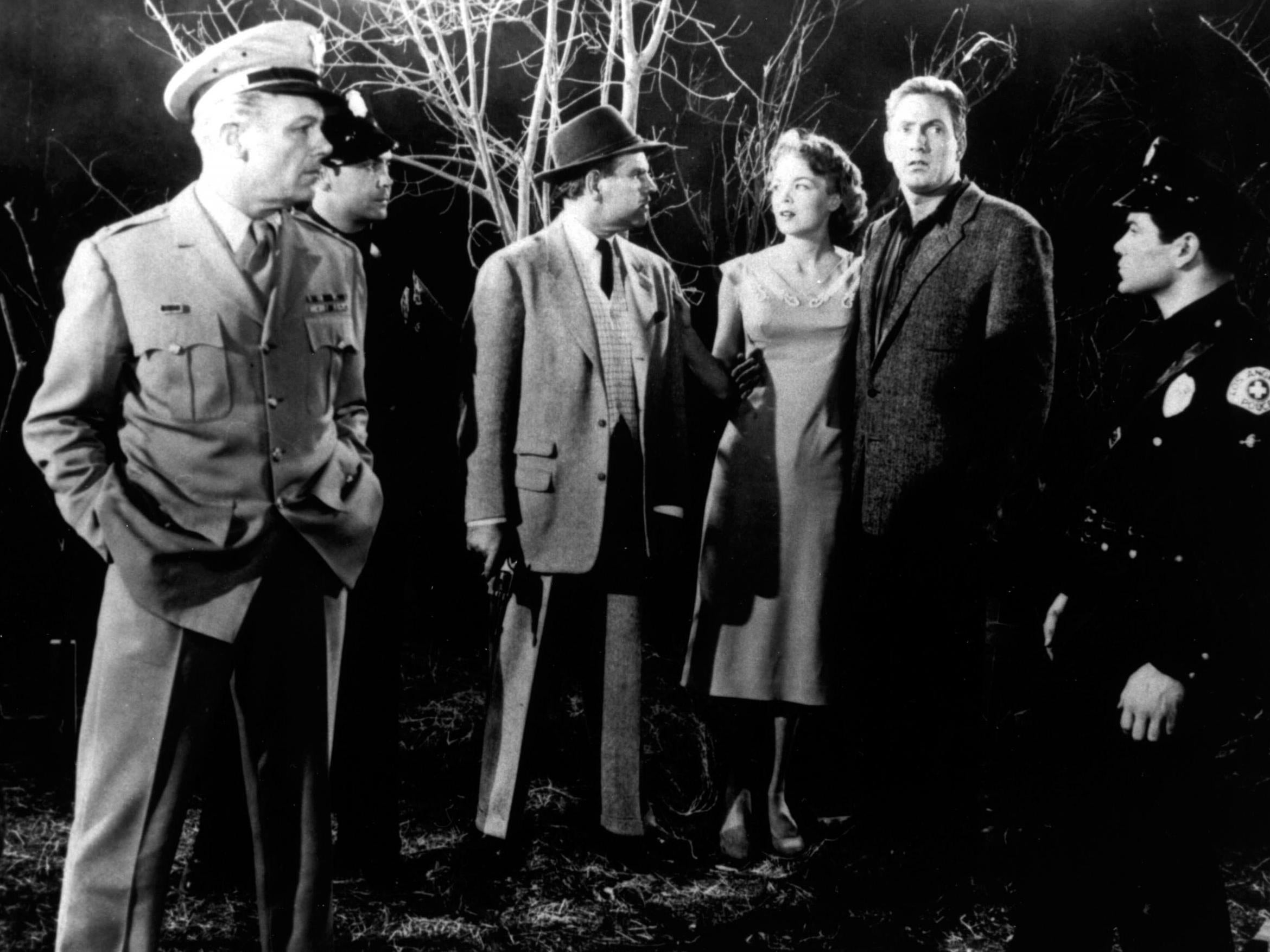
Packed with continuity errors, wonky homemade special effects, obvious stock footage and dreadful acting, this legendary curiosity made for $20,000 (£15,000) hustled from a local church organisation features Bela Lugosi, cult TV personalities Vampira and the Amazing Criswell and Swedish wrestler Tor Johnson among its cast. The cinematographer, William C Thompson, was blind in one eye and entirely unable to see colour, a detail that sums the production up nicely.
9. The Brain from Planet Arous (1957)
Like many science fiction features of the 1950s, plots concerning the alien possession of human bodies are often read retrospectively as allegories for contemporary fears about the Communist infiltration of American society, products of the McCarthyite witch hunt and the "Red Scare" era. This beauty is archetypal.
Nathan Juran’s film concerns a nuclear scientist whose body is taken over by the levitating brain of the title, an intergalactic tyrant named Gor who comes to enjoy living as a man and develops a red-blooded interest in his host’s wife, almost to the point of allowing lust to derail his plot to hold the world to ransom.
The director also made Attack of the 50 Foot Woman in 1958 and had previously been an art director at RKO and had won an Oscar for his contributions to John Ford’s classic drama How Green Was My Valley (1941).
8. Donovan’s Brain (1953)
Another cerebrum-centric sci-fi, this tale of a neuroscientist who comes to the aid of the victims of a mountain plane crash offers a modern spin on Mary Shelley’s Frankenstein (1818).
When the good doctor defies conventional medical ethics to experiment on reviving the brain of WH Donovan, a cruel tycoon killed in the accident, little does he expect the organ throbbing away in a petri dish in his laboratory to begin controlling his mind and driving him on to feats of evil.
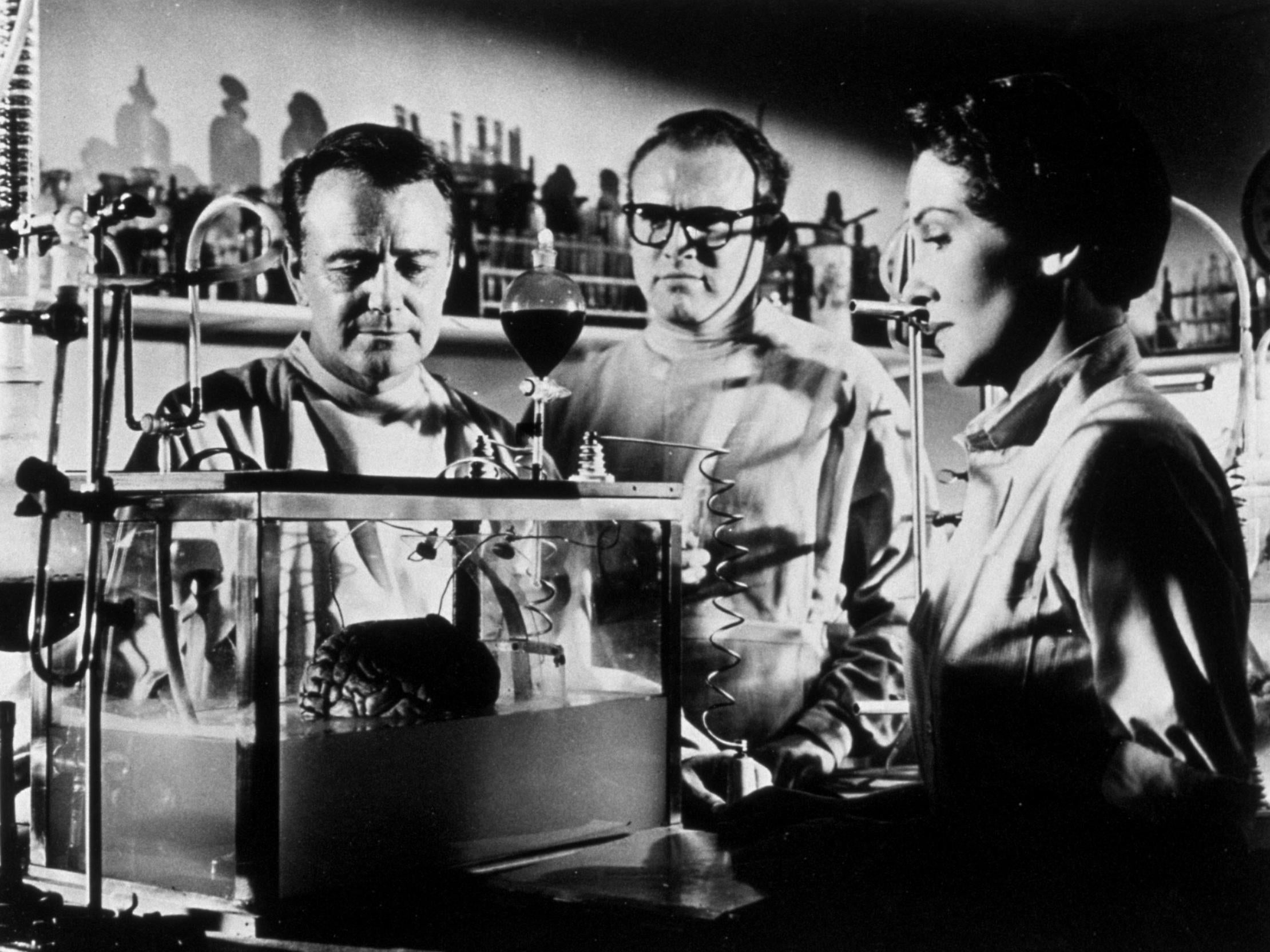
Based on a 1942 novel by Curt Siodmak, brother of the great German noir director Robert, Felix Feist’s film stars Lew Ayres but is perhaps of most interest because of his co-star: one Nancy Davis, who would marry fellow actor Ronald Reagan and later become the first lady of the United States.
7. The Last Man on Earth (1964)
This zombie thriller’s title is taken from Richard Matheson’s post-apocalyptic novel I Am Legend (1954), the basis for both Charlton Heston’s The Omega Man in 1971 and the 2007 Will Smith blockbuster.
Vincent Price stars as Robert Morgan, the last survivor of an airborne plague that has left the rest of humanity roaming the streets as members of a vampiric hoard.
Morgan lives in the same suburban home he once kept with his wife and family and spends his days keeping the ghouls at bay with wooden stakes and garlic flowers, radioing in vain for help.
A melancholy masterpiece to which all modern zombie films, from 28 Days Later (2002) to The Walking Dead (2010), owe an implicit debt.
6. Devil Girl from Mars (1954)
This rare British science fiction caper concerns a Martian dominatrix whose craft lands in the Scottish Highlands. Following a quite literal battle of the sexes on her home planet, which the women won, she has come to earth in search of menfolk with which to repopulate her planet. Somewhat surprisingly, the Scots she encounters at the Bonnie Charlie pub are reluctant to accept her overtures.
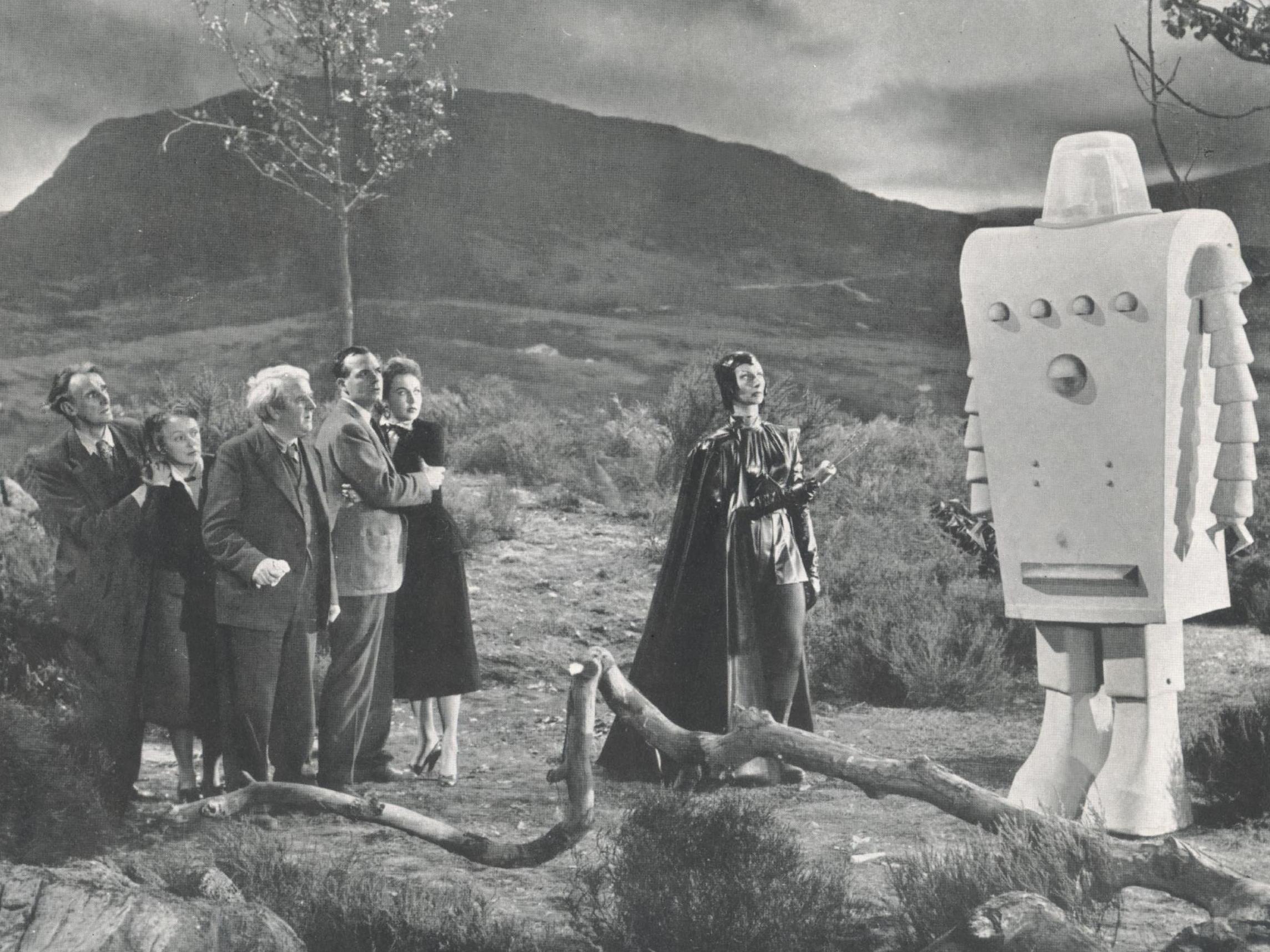
Oddly reminiscent of Jonathan Glazer’s arty sci-fi Under the Skin (2014), Devil Girl from Mars is huge fun.
Novelist Octavia E Butler apparently saw this on TV as a child and became determined to pursue a career as a writer, convinced she could write a superior script even at the age of 12.
5. The Thing From Another World (1951)
Rather overlooked these days due to the magnificence of John Carpenter’s gory 1982 remake, Christian Nyby’s sci-fi horror made for Howard Hawks’ Winchester Pictures is still a creepy pleasure.
Drawn from John W Campbell Jr’s 1938 novel Who Goes There?, the story centres on the US Air Force investigating a mysterious crash near the North Pole.
Rescuing a body from the unidentified craft’s wreckage, the airmen come to realise that they have unwittingly revived a shape-shifting space beast from the Arctic snows.
The film's final warning has lived on as a catchphrase for the paranoid: “Tell the world. Tell this to everybody, wherever they are. Watch the skies everywhere. Keep looking. Keep watching the skies.”
4. The Quatermass Xperiment (1955)
The big screen adaptation of legendary screenwriter Nigel Kneale’s BBC series of the same name, this British thriller from Val Guest stars American noir character player Brian Donleavy who welcomes a rocket back to earth to find that only one of its three original astronauts has survived – and he is gravely ill.
After the monster the poor man mutates into escapes to terrorise London, Quatermass teams up with Scotland Yard’s finest Inspector Lomas (Jack Warner) to contain the contagion, finishing up with a memorable denouement at Westminster Abbey.
3. Robot Monster (1953)
One of the most underrated of all American B-movies, Phil Tucker’s film stars Ro-Man, an intergalactic invader who closely resembles a gorilla with a TV set on his head, who arrives on earth determined to drive humanity to self-destruction, blowing up cities with his “Calcinator” death ray in the hope of provoking governments into blaming one another and retaliating with H-bombs.
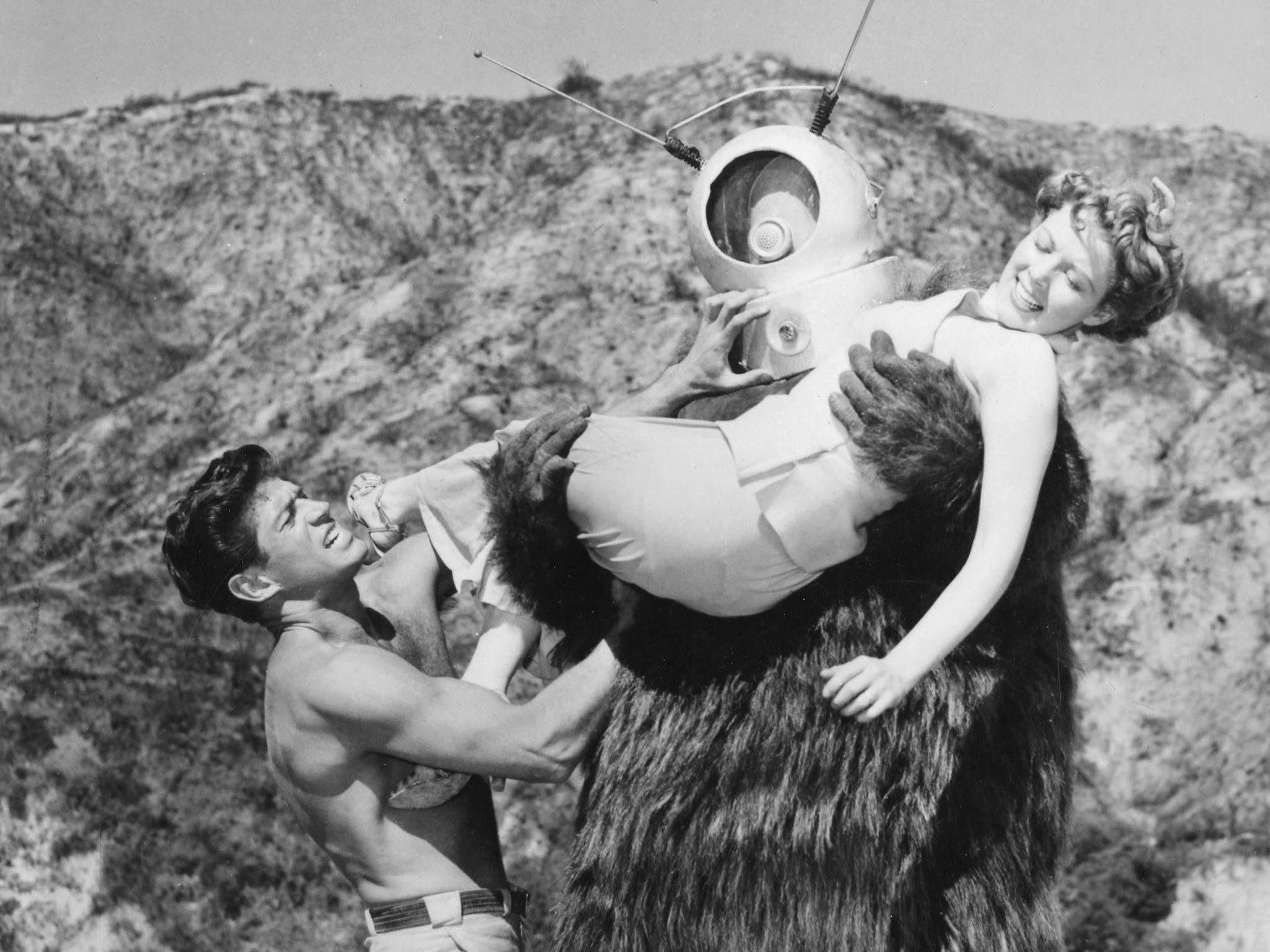
But, of course, Ro-Man falls in love with an earth woman and begins to disobey orders from his superior, the Great Guidance, with dire consequences.
Like Plan 9, this was made on a scant budget ($16,000) and is packed with rickety props and hokey dialogue but actor George Barrows gets the most out of his ape costume, ownership of which was his main selling point as a jobbing screen actor roaming Los Angeles at the time.
2. Invasion of the Body Snatchers (1956)
Don Siegel’s film of the Jack Finney novel deals in the terrifying prospect of “pod people” falling from the stars to land in the backyards of residents of a California town, replacing the people they encounter one-by-one after assimilating their physical characteristics.
Close thematically to John Wyndam’s The Midwitch Cuckoos (1957) and its screen translation The Village of the Damned, the film also preys on the same sense of distrust and paranoia about one’s friends and neighbours The Brain from Planet Arous exploited. An interesting teasing-out of the tensions lying behind the superficial sheen of materialist Cold War America.
1. The Day the Earth Stood Still (1951)
One of the most admired of all science fiction movies of any era, The Day the Earth Stood Still stars Michael Rennie as Klaatu, an alien visitor who arrives in Washington with his robot protector Gort to deliver a message of peace to the people of the world, a timely intervention in nuclear brinkmanship from a genre too often dismissed as empty entertainment.
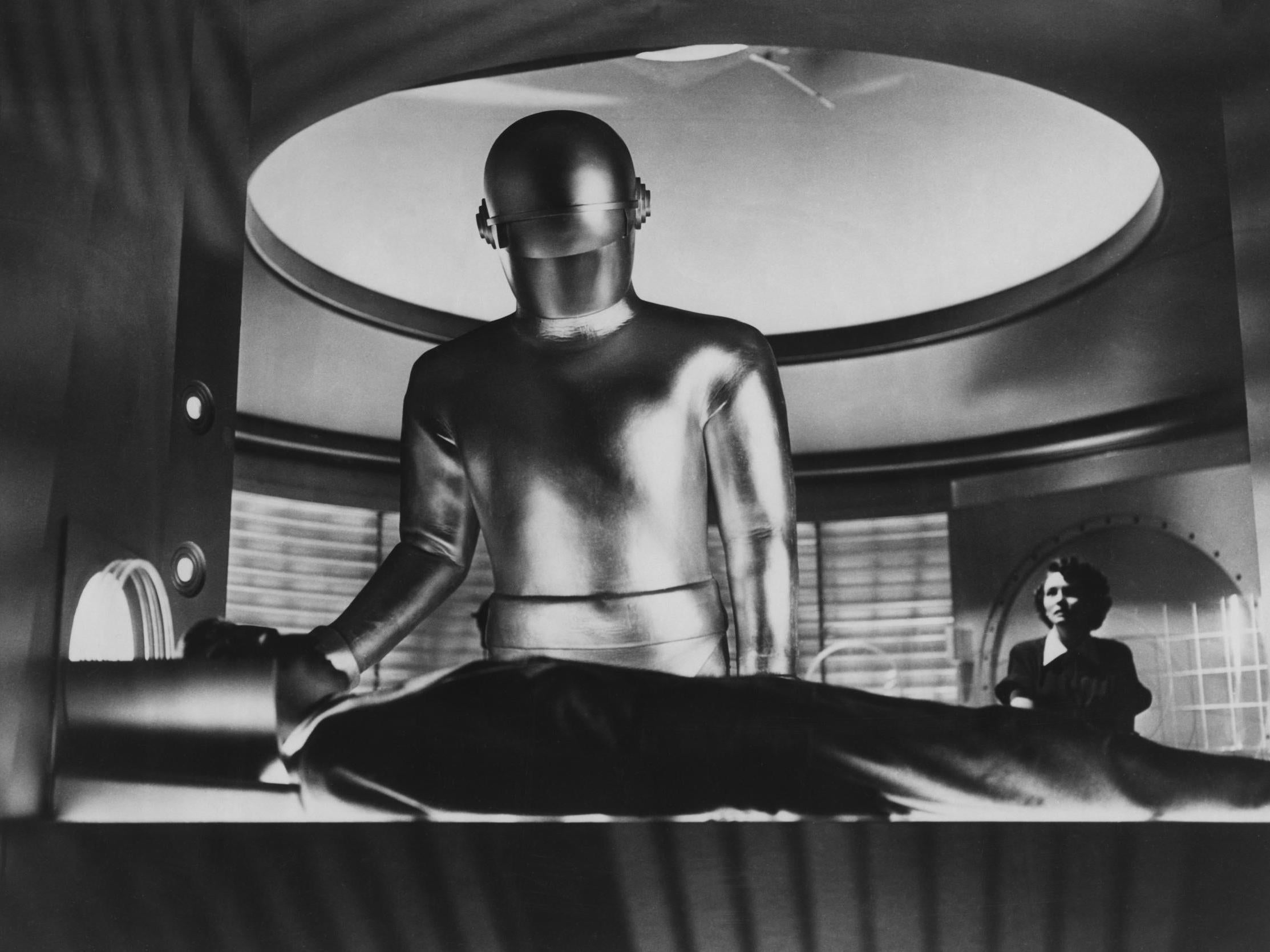
Parodied in Tim Burton’s Mars Attacks! in 1995 and remade with Keanu Reeves in 2008, Robert Wise’s original has a period charm and a serious geopolitical message about the way we conduct our lives that remains relevant.
Klaatu anticipates David Bowie’s Thomas Jerome Newton in The Man Who Fell to Earth (1976) in his outsider observation of human affairs and provides a vessel through which we see ourselves afresh, a disconcerting experience.

Join our commenting forum
Join thought-provoking conversations, follow other Independent readers and see their replies
Comments